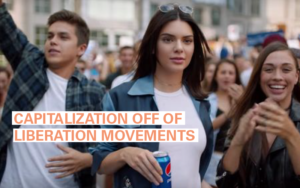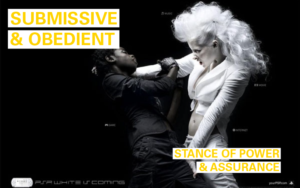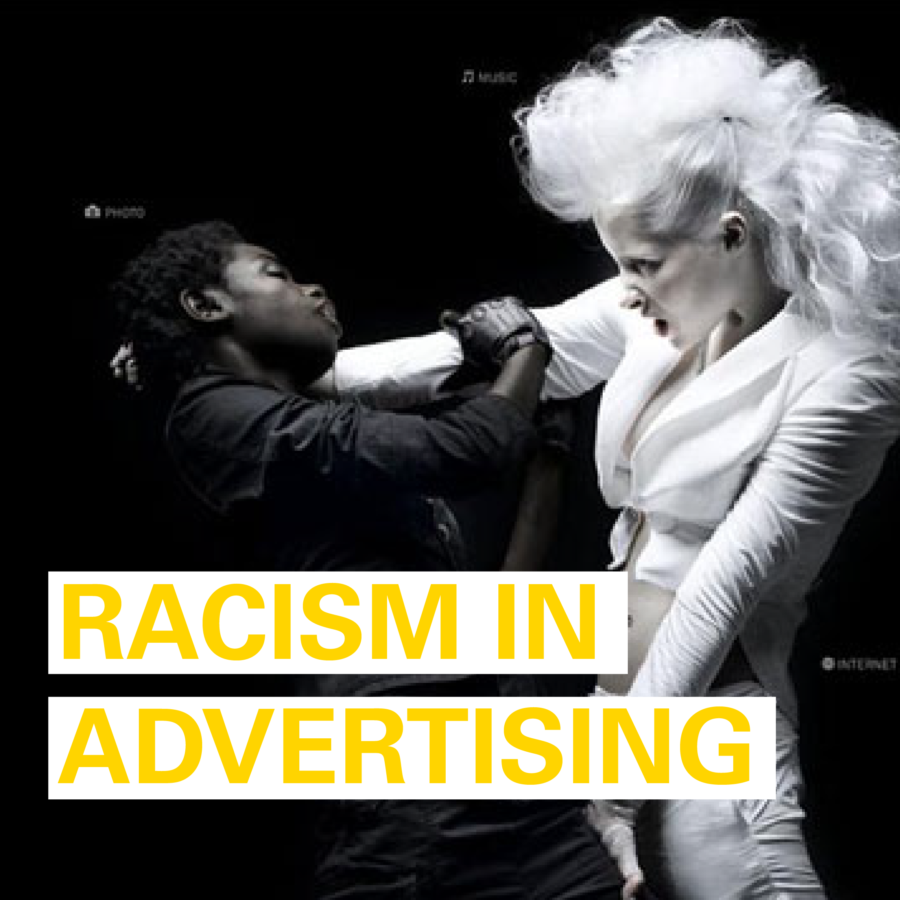In 2017, it seems as if being politically correct is more important than ever. You would think that marketing teams and advertisers would take this into consideration, but that is not always the case. Institutionalized racism has played its role in multicultural marketing for many decades.
Typically, there are five signs that can be used to identify racism in ads: language, imagery, message, subtext and body position/language. There is a thin line between what is perceived as good and bad advertising when it comes to considering different races.
Leading companies try to attract persons to buy their products, but often times the ads bring about more serious problems.
That’s obvious after the recent ad campaign from Pepsi featuring Kendall Jenner, which was a sad excuse for an expression of “unity”. The ad faced extreme criticism; the public expressed distaste for the capitalization off of liberation movements and the disrespectful reference to powerful images from previous events.
People were also offended by the fact that the protest movement in the ad campaign was led by an upper-class socialite, someone who probably has not faced some of the feats that people of color have.

And this is not the first time a racist or patronizing ad campaign has been used. In Europe during 2016, Sony released a campaign for the new PlayStation White. The ad depicted a white woman, dressed in all white, grabbing a black woman’s face. The white woman is positioned in a stance of power and assurance, while the black woman appears as submissive and obedient.
Sony claims that the intent was to display the contrast between the different colors available for the PSP. Was that best way to spread that message to the public? Probably not.
Then, in 2007, Intel followed suit with an advertisement for a desktop processor. The image was of a man dressed in business attire, surrounded by six black men bending down in sprinter’s position.
Not to mention, the tagline was “maximize the power of your employees”. It didn’t take long for audiences to notice the racist references and in turn, be offended by the ad campaign. The ad was particularly troubling because of the slight relation to slavery and depicting African Americans as subordinate.
The trend of racist ad campaigns does not stop there. While some may appear as more discreet, others are blatantly targeting. In 2008 in Japan, eMobile released ads displaying a monkey in a suit at an election rally, in front of an audience holding signs expressing the word “change”.
Considering this was right around the time of Obama’s presidential campaign and inauguration, the ad was extremely offensive and was later removed from publication for its overt racism. It proves that anyone, no matter their status, can fall victim to mass companies trying to make a profit.

There is a certain awareness of the dangers of racial stereotyping that is ingrained into American culture. For instance, in 2013, Volkswagen released a one minute Super Bowl commercial in which a white man speaking in the dialect of someone from Jamaican decent.
Even though the commercial had a positive intent, the ad was accused of being racist and a representation of “verbal blackface”. Volkswagen had tested the ads among consumers, including Jamaicans, and did not receive much negative feedback. However, the company was prepared with a backup campaign in case the first one backfired.
There is no real definitive reasoning as to what makes advertisements racist or offensive. A lot of it must do with how sensitive the public is to the use of different races in ad campaigns.
Controversy isn’t always a bad thing when the entire purpose of these marketing techniques is to get attention. Sometimes, it even benefits the company. When there is deliberate exploitation of men and women of different races, you must ask yourself: what crosses the line?




















